Key bakery ingredients have soared in price following the Brexit referendum as weak sterling hits the cost of imports.
With the UK facing more uncertainty following this week’s high court ruling that the government needs parliamentary approval before triggering Article 50, research by analyst Mintec has revealed how commodity prices have already been impacted by the vote to leave the EU.
A key factor for any rise in the cost of ingredients supplied from overseas is the weak pound, which has hit the lowest level on record against the US dollar and is at a seven-year low against the euro.
“Although we still do not know exactly what Brexit will mean for the UK, EU, or the rest of the world, one certain fact is that the pound is significantly weaker than it was before the referendum, and that it is likely to remain this way for the foreseeable future,” reported Mintec.
A weak pound is good news for UK businesses selling overseas as it makes their products more competitive – with Signature Flatbreads recently telling British Baker it aimed to use the opportunity to expand in Europe – but it has contributed to sharp increases for UK buyers in commodities traded in other currencies.
It has meant that, even in some cases where commodity prices have fallen in native currencies, prices in Sterling have risen.
In the case of US raisins, for example, the price in dollars has fallen 8.7% but is up 3.1% in sterling.
“Because we import from all over the world and pay for most goods in either dollars or euros, the plummeting exchange rate due to Brexit has been felt equally across all products,” said EHL Ingredients sales director Christine Peers, adding that even contracts at fixed prices have been impacted by currency fluctuation.
Below, Mintec research highlights how the price of bakery ingredients has changed in the three months from the Brexit vote on 22 June to the last week of September.
Milling Wheat (EU)
Price change in native currency (Euro): -0.3%
Price change in sterling: +11.8%
EU wheat prices have risen overall in the past month, due to low production in the EU caused by adverse weather conditions. This has affected the quality of French wheat, bringing an increase in the volume of crop going to feed quality wheat. Prices have remained stable since June in Euro terms, although prices in sterling have risen due its depreciation.
Milling Wheat (CA)
Price change in native currency (Canadian dollar): -1.8%
Price change in sterling: +7.5%
Canadian wheat prices have risen over the past month due to increased demand, recovering from a price fall in the summer months – although these were not seen in the UK due to the depreciation in Sterling. Production in Canada is forecast to increase 14% year on year in 2016/17.
Almonds (US)
Price change in native currency (US dollar): -4.7%
Price change in sterling: +7.6%
Almond dollar prices remain substantially below levels seen last year due to a strong 2016/17 harvest in California, projected to be up 8% year on year. Expectation of strong supply has pushed down prices.
Hazelnuts TR
Price change in native currency (US dollar): +43.4%
Price change in sterling: +61.9%
Hazelnut production in Turkey has been estimated at 580,000 tonnes in 2016/17, down 17% year on year. Hazelnut prices rose in August temporarily as farmers held on to their stocks in order to stimulate higher market prices.
Raisins (US)
Price change in native currency (US dollar): -8.7%
Price change in sterling: +3.1%
US raisin production has been forecast to be down 9% year on year. Despite lower output, prices have been trending downwards in the US since the beginning of the year as US farmers try to keep in touch with falling prices in Turkey.
Skimmed Milk Powder (EU)
Price change in native currency: +20.2%
Price change in sterling: +34.7%
In the EU, falling volumes of excess milk for skimmed milk powder (SMP) processing resulted in production falling 5% year on year in June and July, and 1% in August. An EC dairy aid package, finalised in September, includes incentives for farmers to further reduce milk production, which has prompted fears of future reductions in supply.
Sugar (ICE London)
Price change in native currency (US dollar): +16.3%
Price change in sterling: +31.4%
Sugar futures on the London have risen to the highest level in four years, on the back of expectations that the global market will be in a supply deficit for the second consecutive year in 2016/17, drawing ending stocks to six-year lows.
Butter (EU)
Price change in native currency: 51%
Price change in sterling: 35%
Falling milk and cream availability has limited EU butter production, causing prices to increase to their highest levels since 2013. Prices rose by 17% month on month in October. EU butter production tightened 4% year on year in July and 2% year on year in August. As a result, EU butter Private Storage Aid (PSA) levels started to fall in August to boost supplies, down 5% year on year to 97,000 tonnes.






















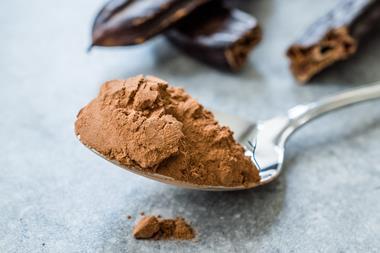

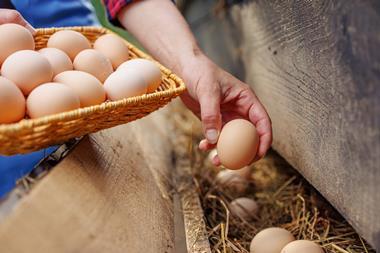


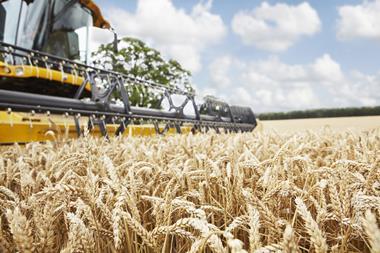
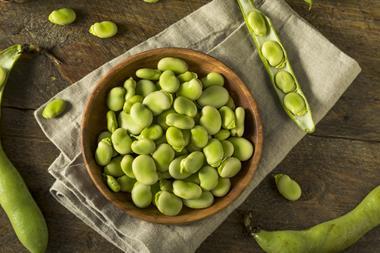
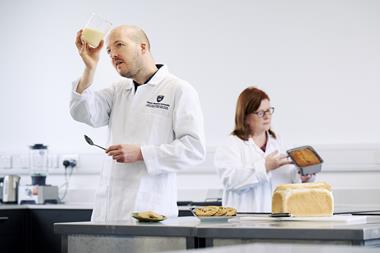
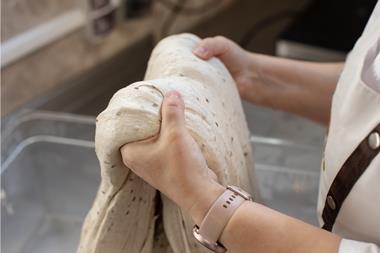

No comments yet